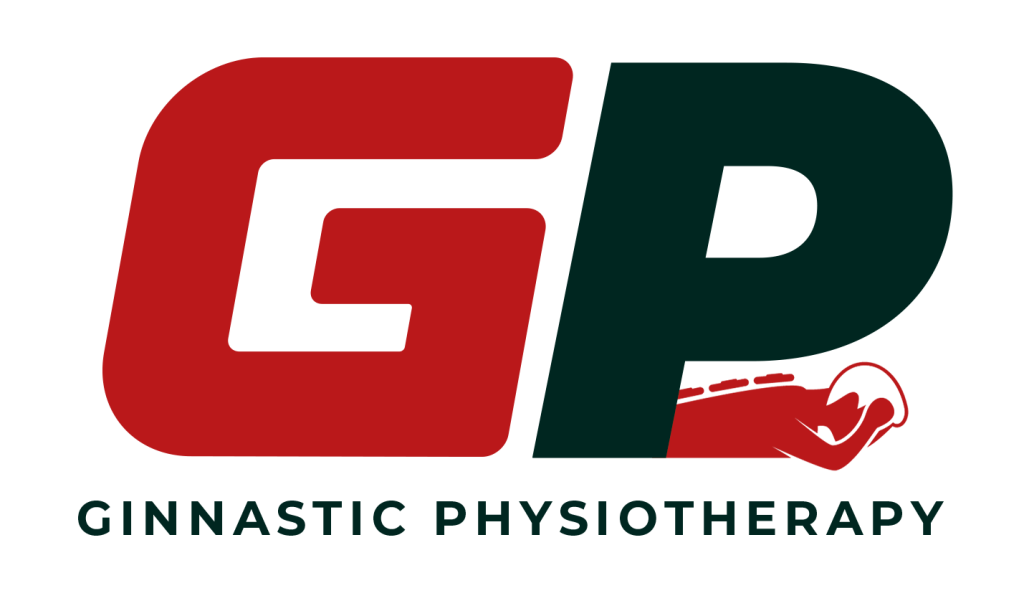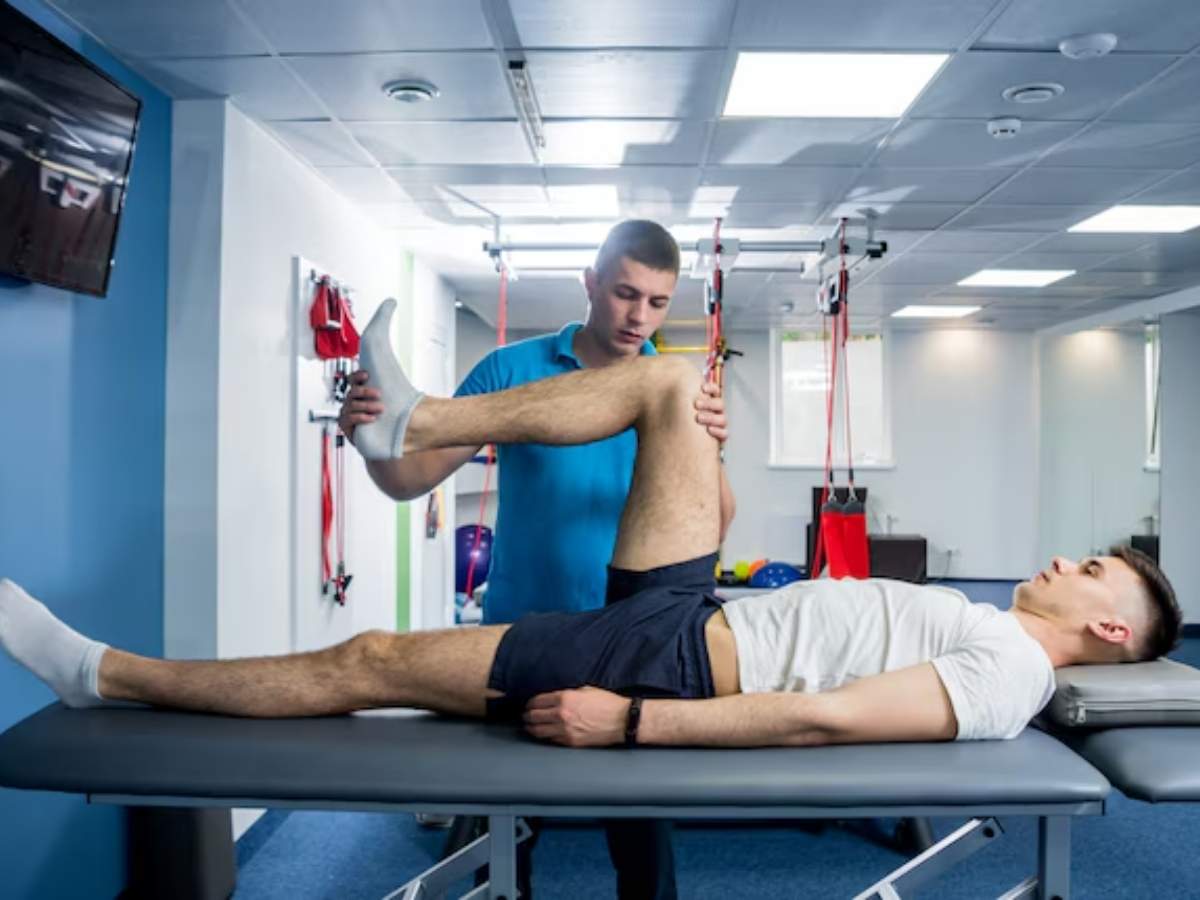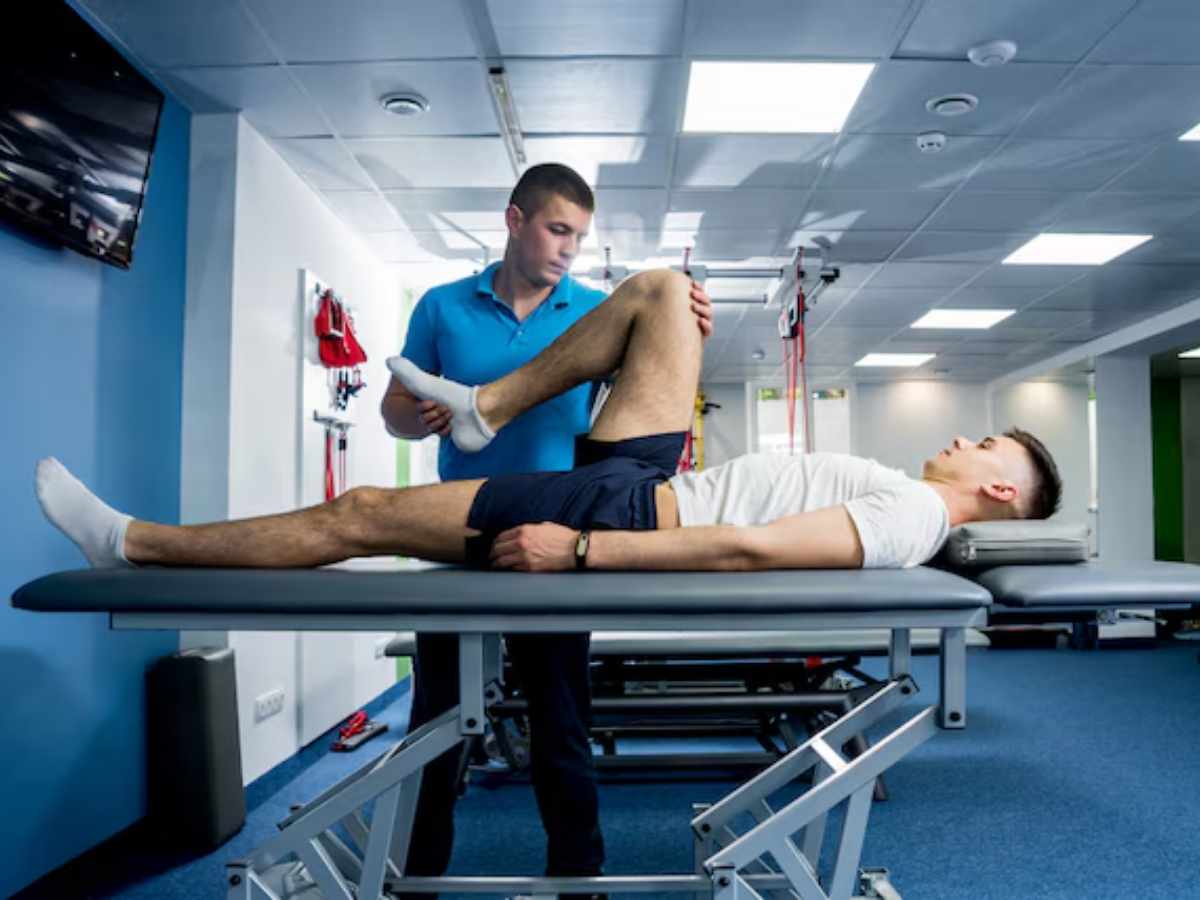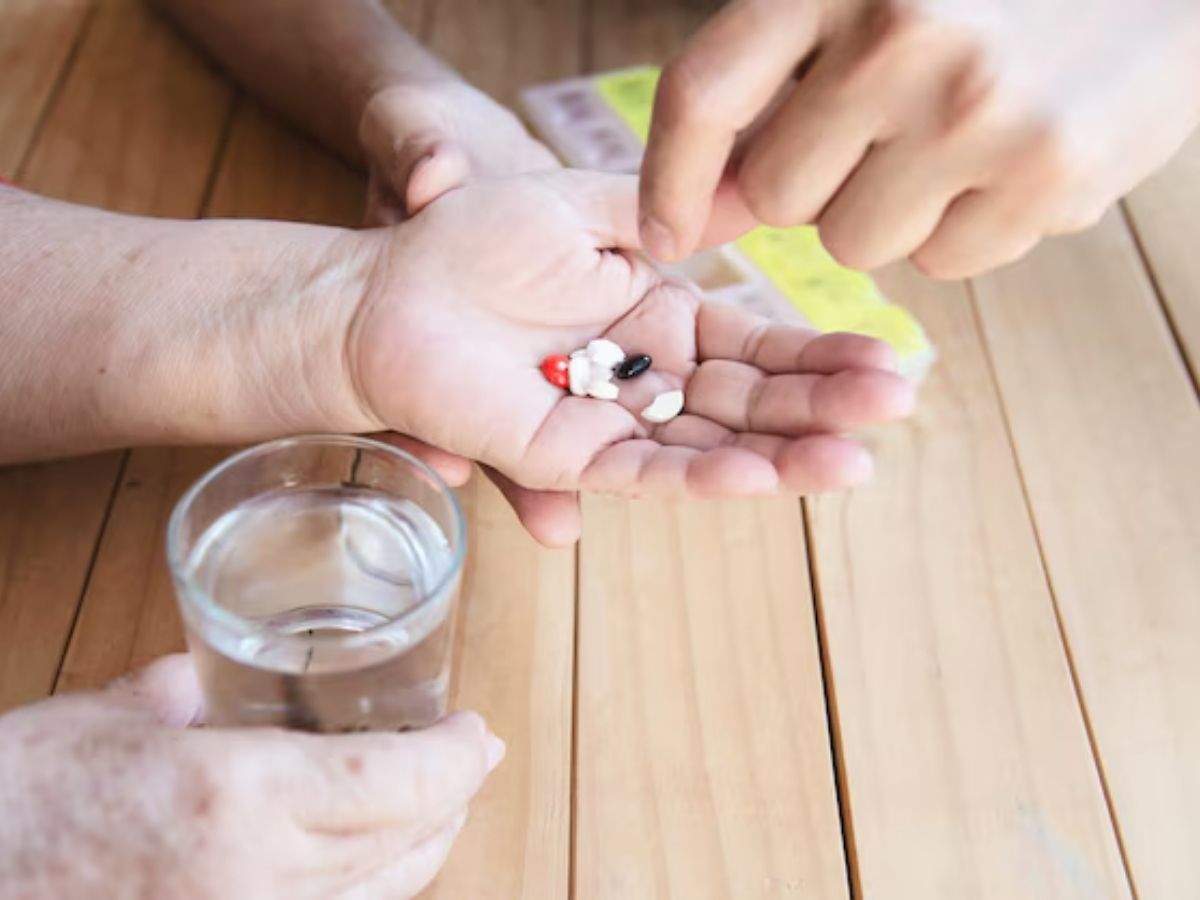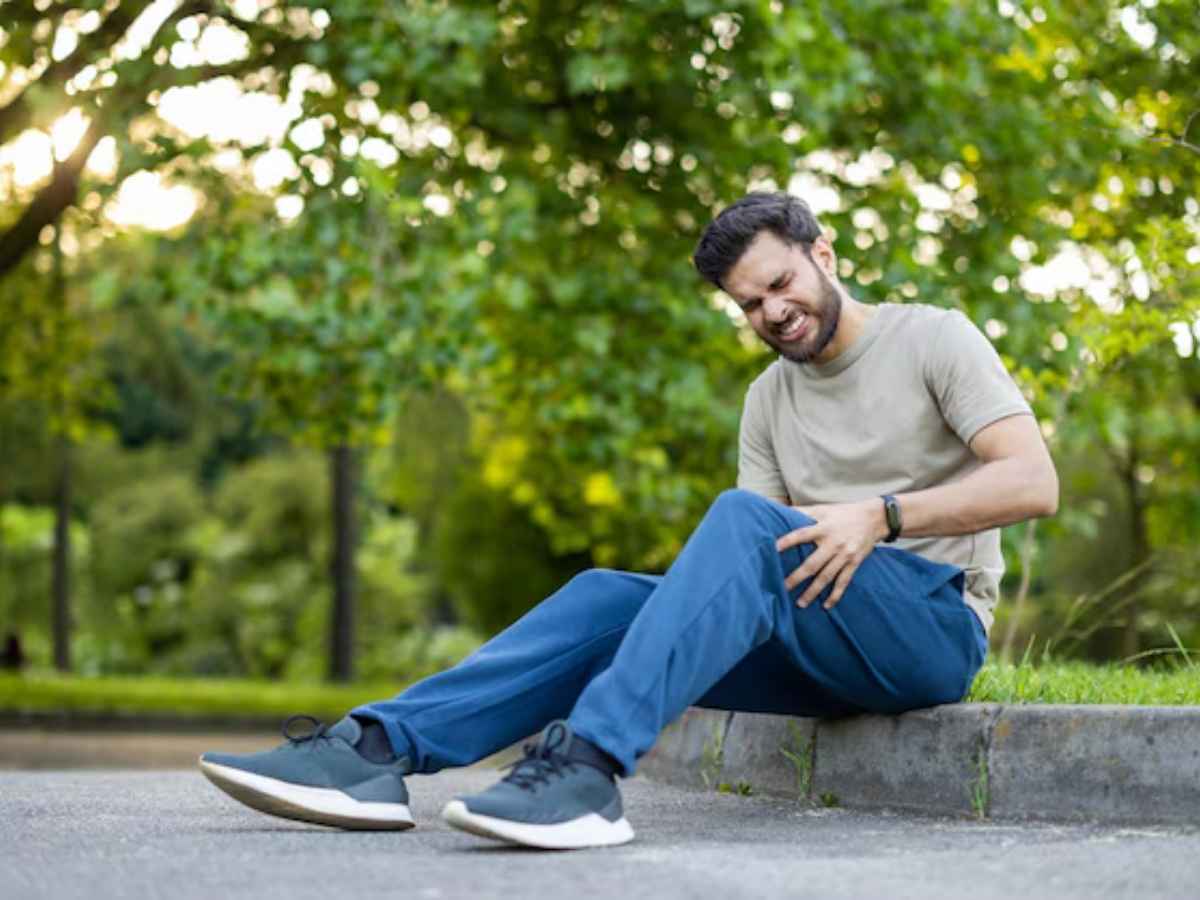Introduction
Recovery is one of the most overlooked aspects of performance and rehabilitation. For clients who undergo physiotherapy whether for sports injuries, postural imbalances, or chronic pain the journey does not end when they leave the clinic. What happens between sessions often defines the quality of healing and long-term performance.
Today, recovery strategies are evolving. Alongside traditional physiotherapy methods like manual therapy, mobility training, and strengthening, new science is emerging around biologically active compounds and advanced recovery tools. While some of these, such as peptides, are still being explored in research, they are sparking growing interest among athletes and active individuals.
This article will examine how physiotherapy principles combine with modern recovery approaches, including what research says about peptides, and where safe, evidence-based practice should always come first.
Understanding Recovery in Physiotherapy
Recovery involves more than just rest. In the physiotherapy setting, recovery means:
- Tissue Repair: Healing muscle, tendon, and ligament microtears after loading.
- Neural Reset: Helping the nervous system reduce pain signals and improve movement patterns.
- Inflammation Control: Reducing excessive inflammation that can delay healing.
- Progressive Loading: Using graded exercises to strengthen tissue without re-injury.
Physiotherapists design recovery strategies to balance these processes, guiding clients through mobility work, strength training, and functional exercises.
Traditional Physiotherapy Tools That Work
For decades, physiotherapists have relied on tried-and-true methods to enhance healing and recovery:
- Manual Therapy: Massage, joint mobilization, and soft tissue release.
- Therapeutic Exercise: Strengthening and stretching targeted to the injured area.
- Modalities: Heat, cold, ultrasound, and electrical stimulation for pain and inflammation.
- Education: Teaching clients proper posture, ergonomics, and home routines.
These remain the gold standard because they are backed by strong evidence and clinical results.
The Rise of Modern Recovery Science
Beyond traditional therapy, the fitness and health community is exploring modern recovery science. Among these innovations are biologically active compounds like peptides, which are chains of amino acids that influence cellular processes.
Early research suggests certain peptides may play roles in:
- Stimulating collagen for tendon and ligament repair
- Supporting lean muscle recovery
- Regulating inflammation and immune function
- Promoting joint health and mobility
Because of this, athletes and fitness enthusiasts often search for where to buy peptides online. However, it is important to note that peptides are still research compounds in many contexts. They should be approached with caution and ideally discussed with a healthcare professional.
Why “US Made” Matters in Peptide Research
One of the growing concerns in peptide use is quality and purity. Products sourced from unreliable suppliers may be contaminated, under-dosed, or mislabeled. That is why many in the research community recommend prioritizing suppliers who meet stricter standards.
For instance, if one decides to buy US made peptides online, they are more likely to obtain higher-quality, laboratory-tested compounds manufactured under compliance with regulatory guidelines. This minimizes the risks of impurities and ensures consistency in research applications.
For physiotherapy clients or active individuals, this reinforces a critical message: safety first.
Natural Recovery Strategies That Always Work
While research compounds are exciting, physiotherapy emphasizes strategies that are already proven:
- Sleep Optimization: The body does most of its repair during deep sleep.
- Balanced Nutrition: Protein, healthy fats, and micronutrients fuel muscle and joint recovery.
- Hydration: Proper fluid intake supports tissue repair and reduces stiffness.
- Mobility Work: Stretching, yoga, and myofascial release keep joints supple.
- Mind-Body Techniques: Breathwork and mindfulness reduce stress and aid nervous system recovery.
These strategies should remain the foundation for anyone looking to improve healing and performance.
Combining Physiotherapy & Modern Recovery Tools
The most effective approach is a hybrid one:
- Use physiotherapy methods as the foundation (manual therapy, exercise, education).
- Add lifestyle strategies (nutrition, sleep, stress management).
- Stay informed about modern recovery science (like peptides), while recognizing their experimental status.
- If exploring research compounds, always prioritize reputable suppliers when you buy peptides online, and seek professional guidance.
Practical Recovery Plan Example
Here’s how a weekly recovery routine could look for an active physiotherapy client:
- Daily: 7–8 hours of quality sleep, mobility stretches, hydration
- 3x per week: Strengthening and functional exercises prescribed by the physiotherapist
- 2x per week: Low-impact cardio (cycling, swimming, or walking)
- Weekly: Manual therapy or foam rolling sessions
- Optional (Research Focused): Staying informed about peptide studies, and if considering them, only buy US made peptides online from trusted research suppliers.
Conclusion
Recovery is not a luxury it’s a pillar of long-term health, mobility, and performance. Physiotherapy offers proven methods to guide clients through this process, while modern science is beginning to explore promising tools like peptides.
The future of recovery lies in combining evidence-based physiotherapy with responsible awareness of emerging science. Whether clients rely solely on traditional methods or explore research compounds, the guiding principle should always be safety, quality, and informed choice.
For those curious about peptide research, it is crucial to buy peptides online from reputable sources, and better yet, to buy US made peptides online to ensure quality and compliance.
By bridging physiotherapy and performance with smart, evidence-based strategies, clients can recover stronger and move with confidence.
